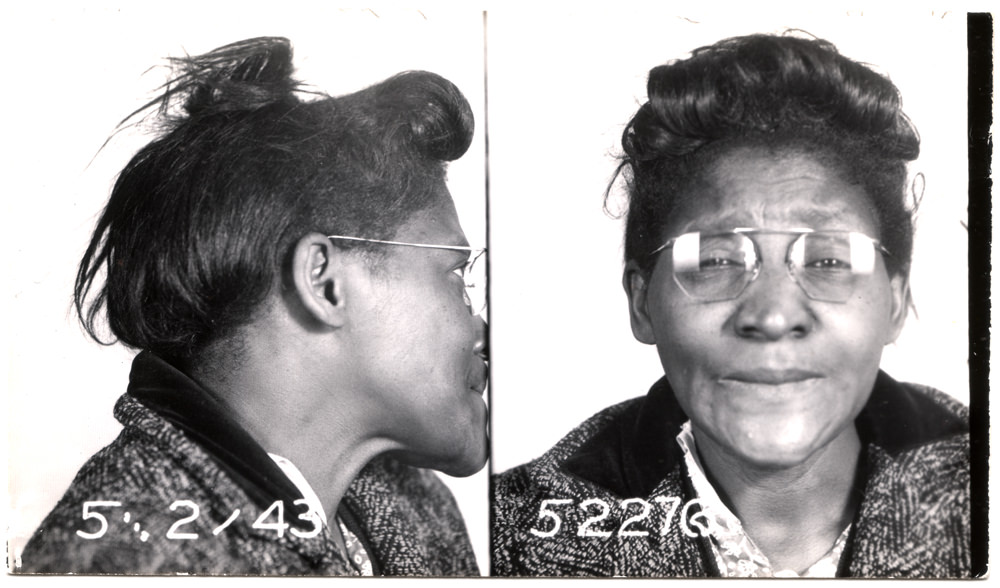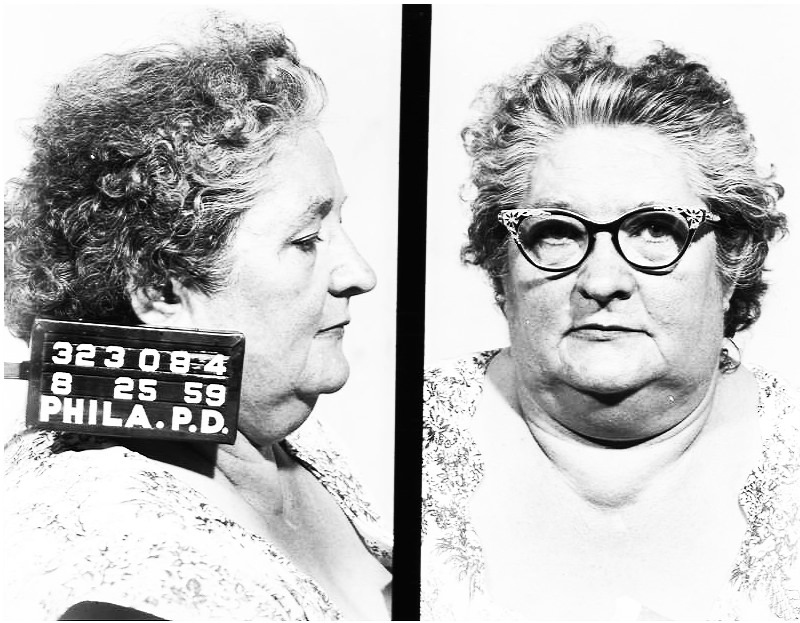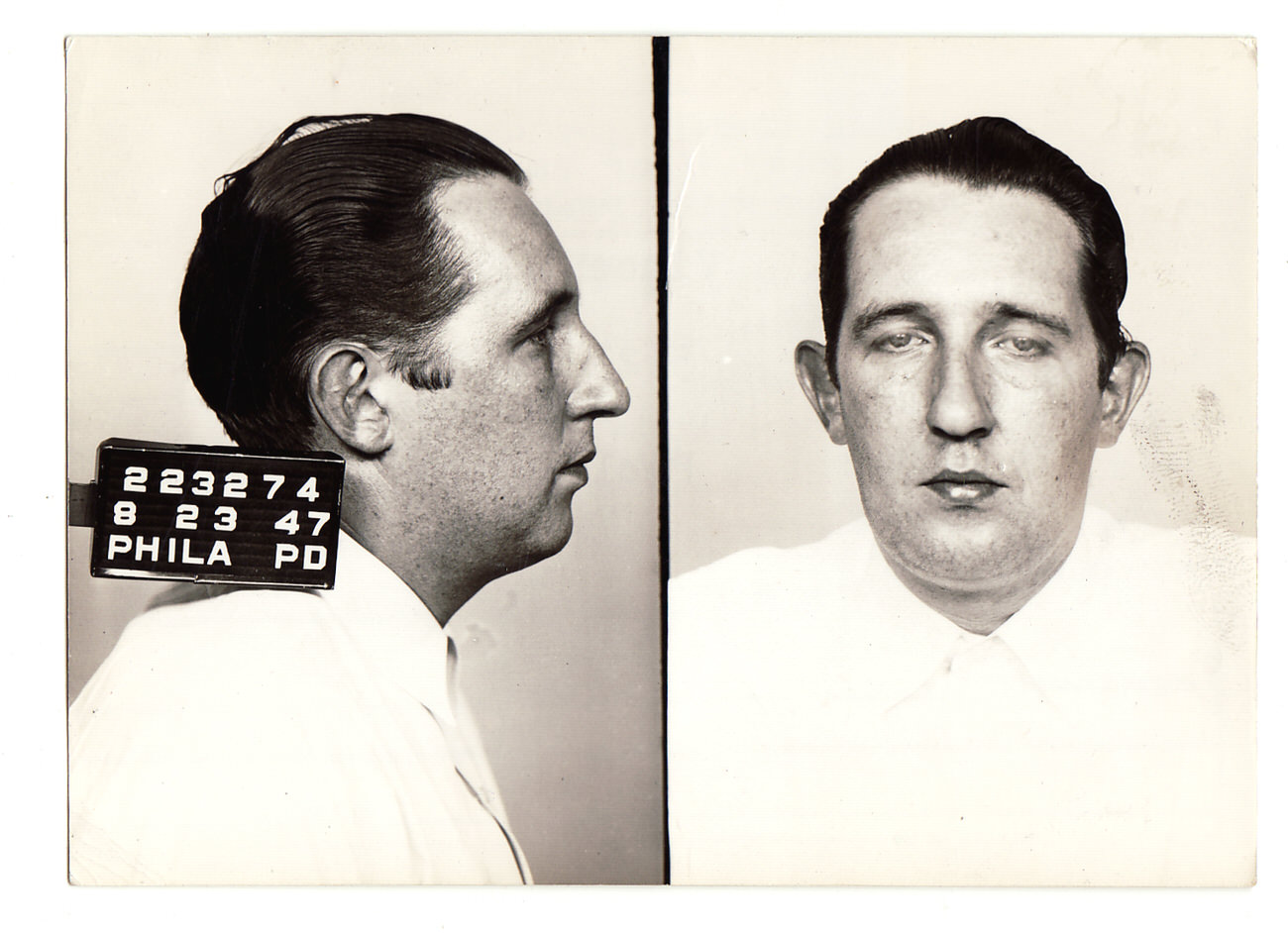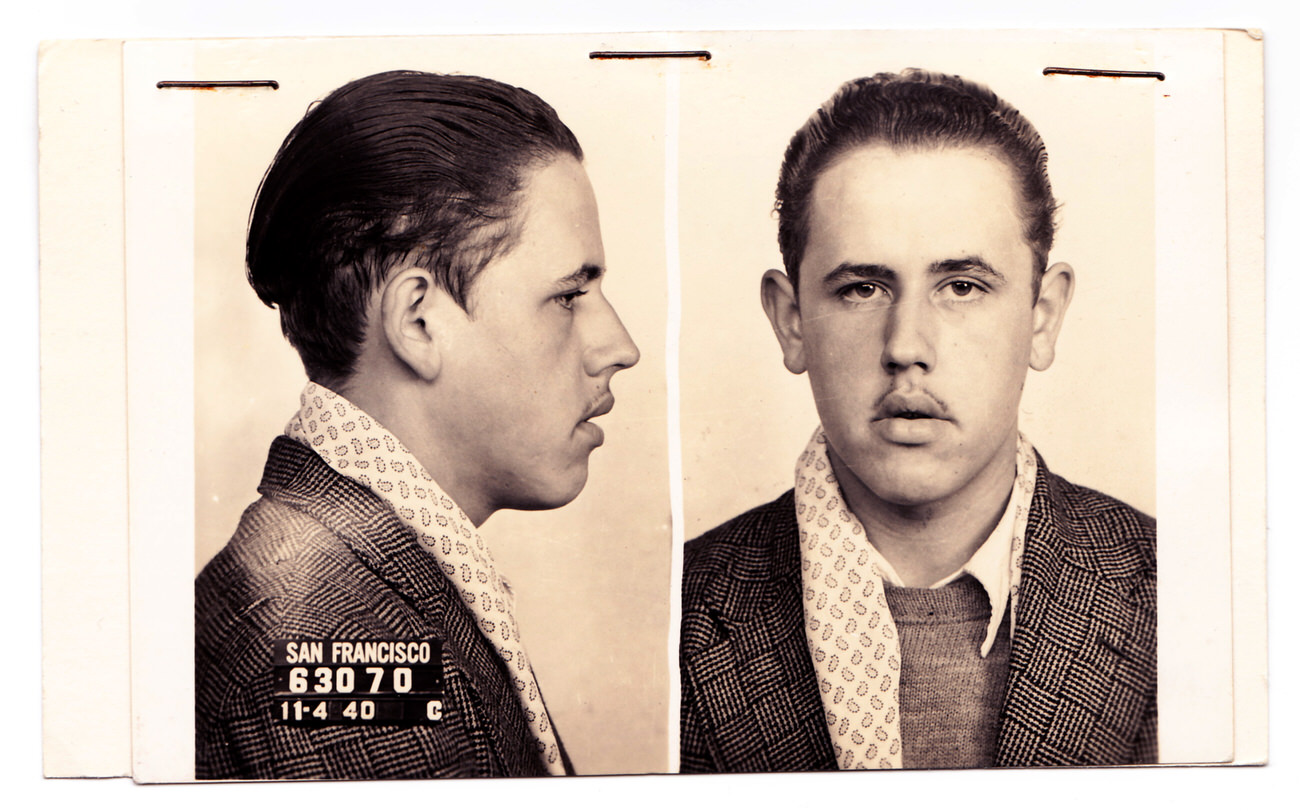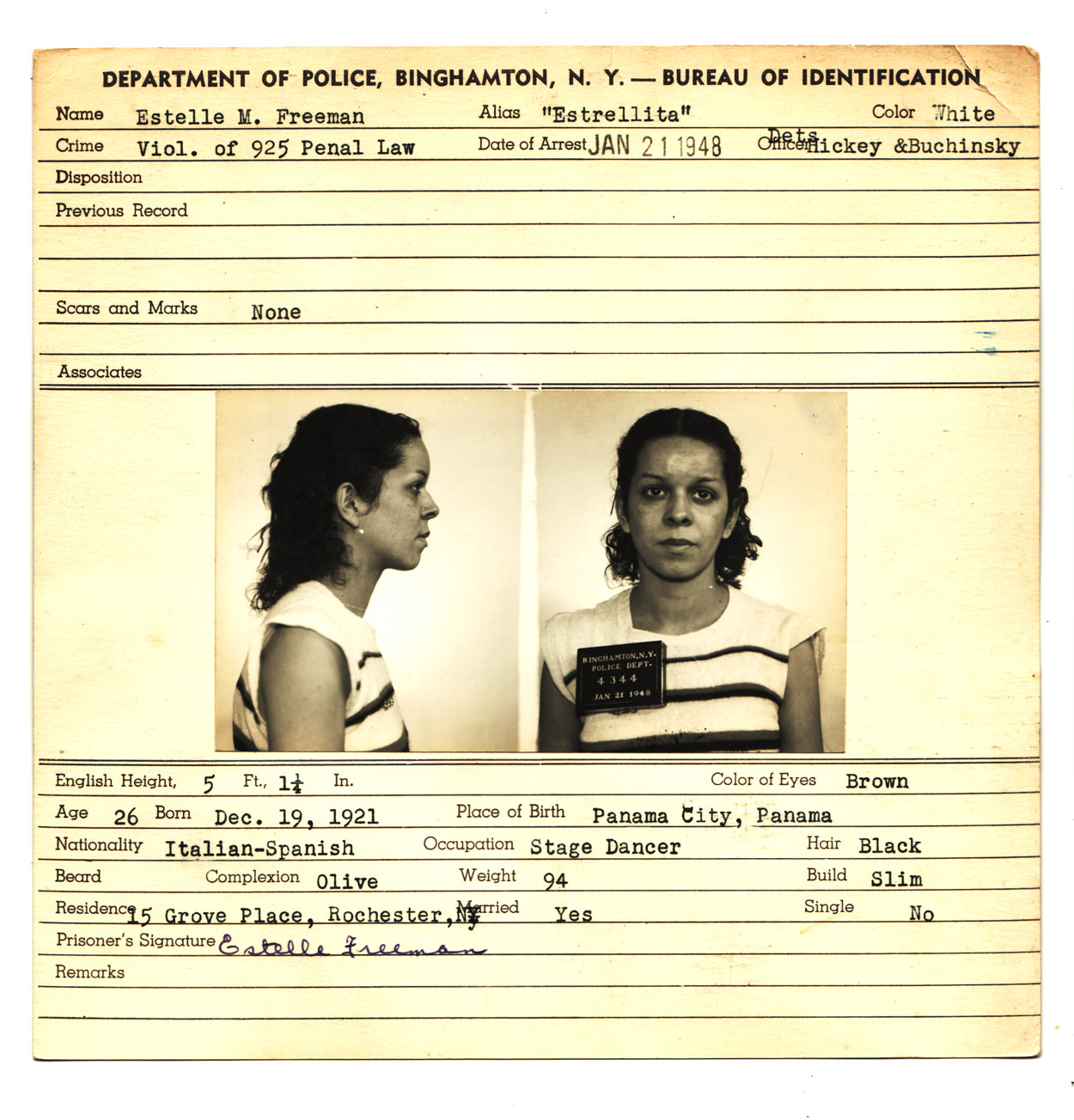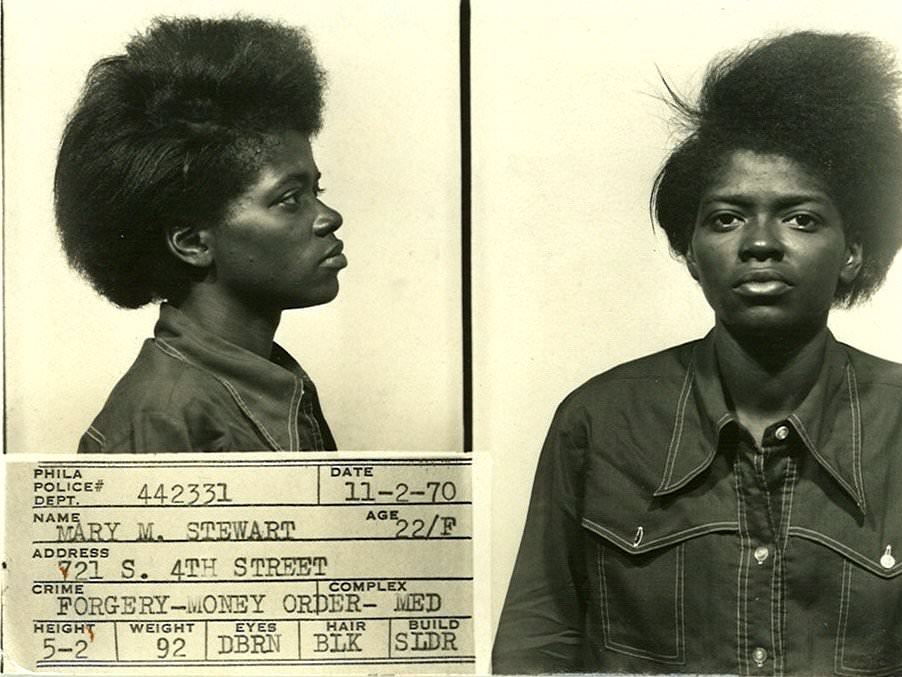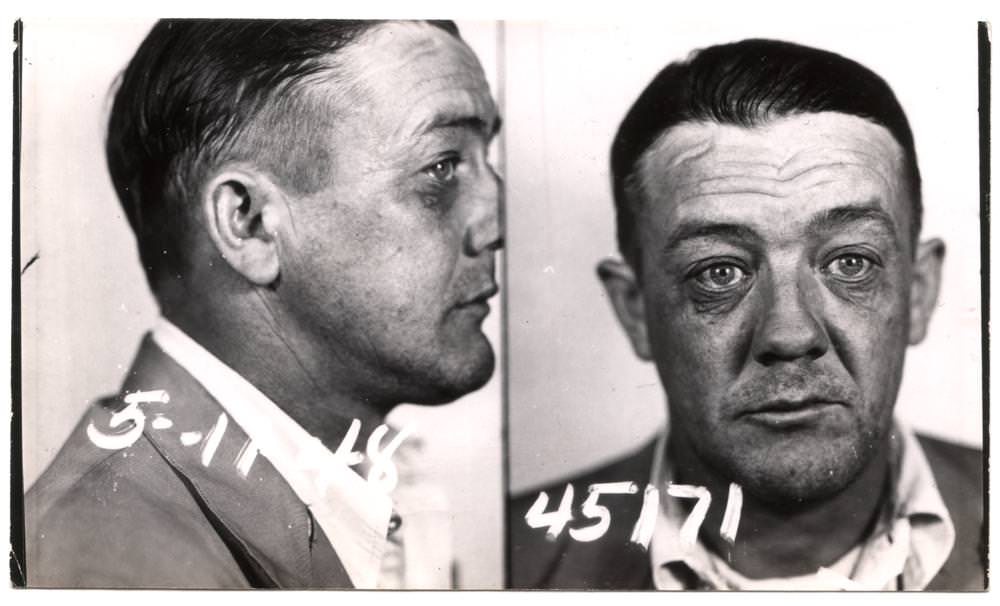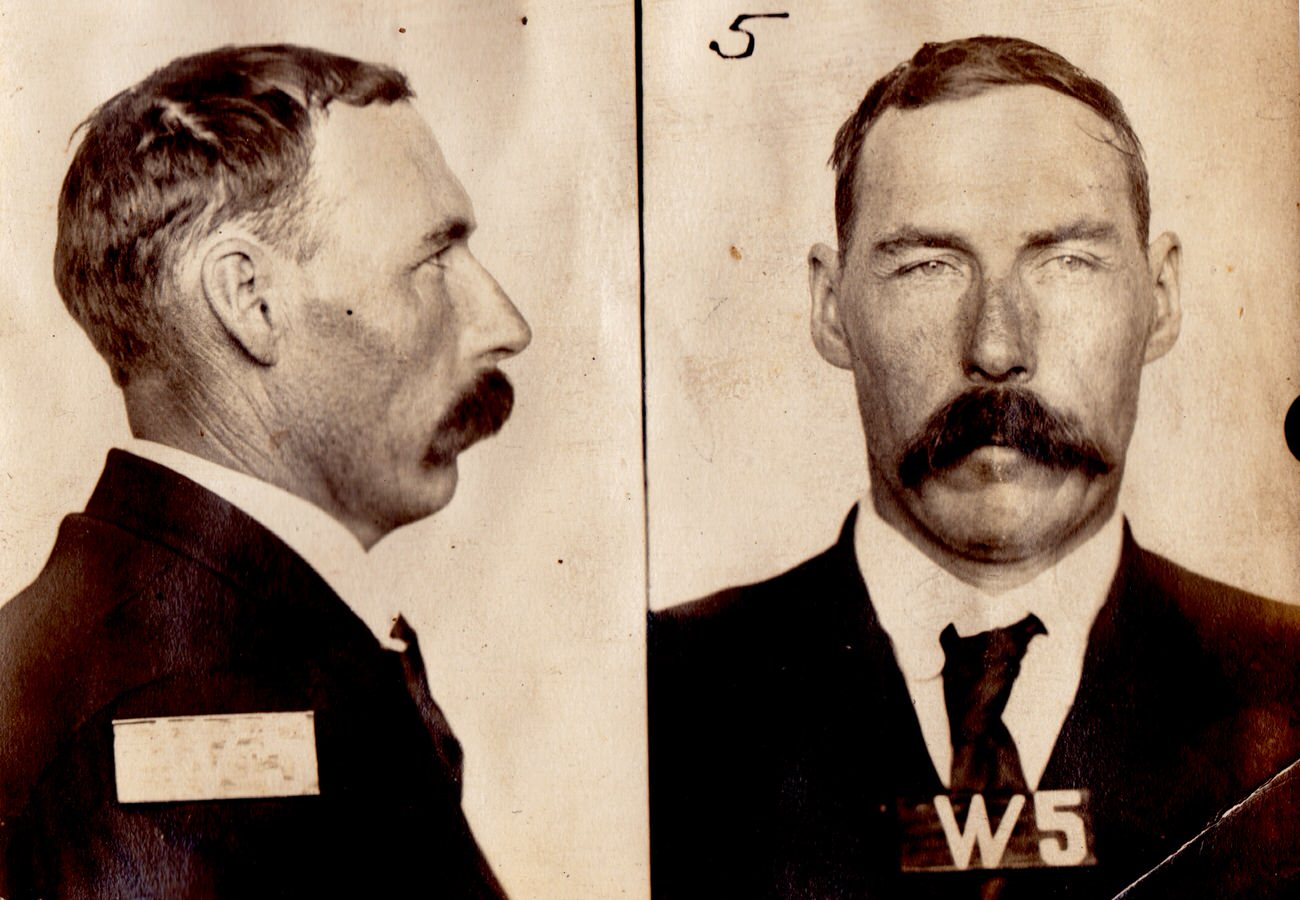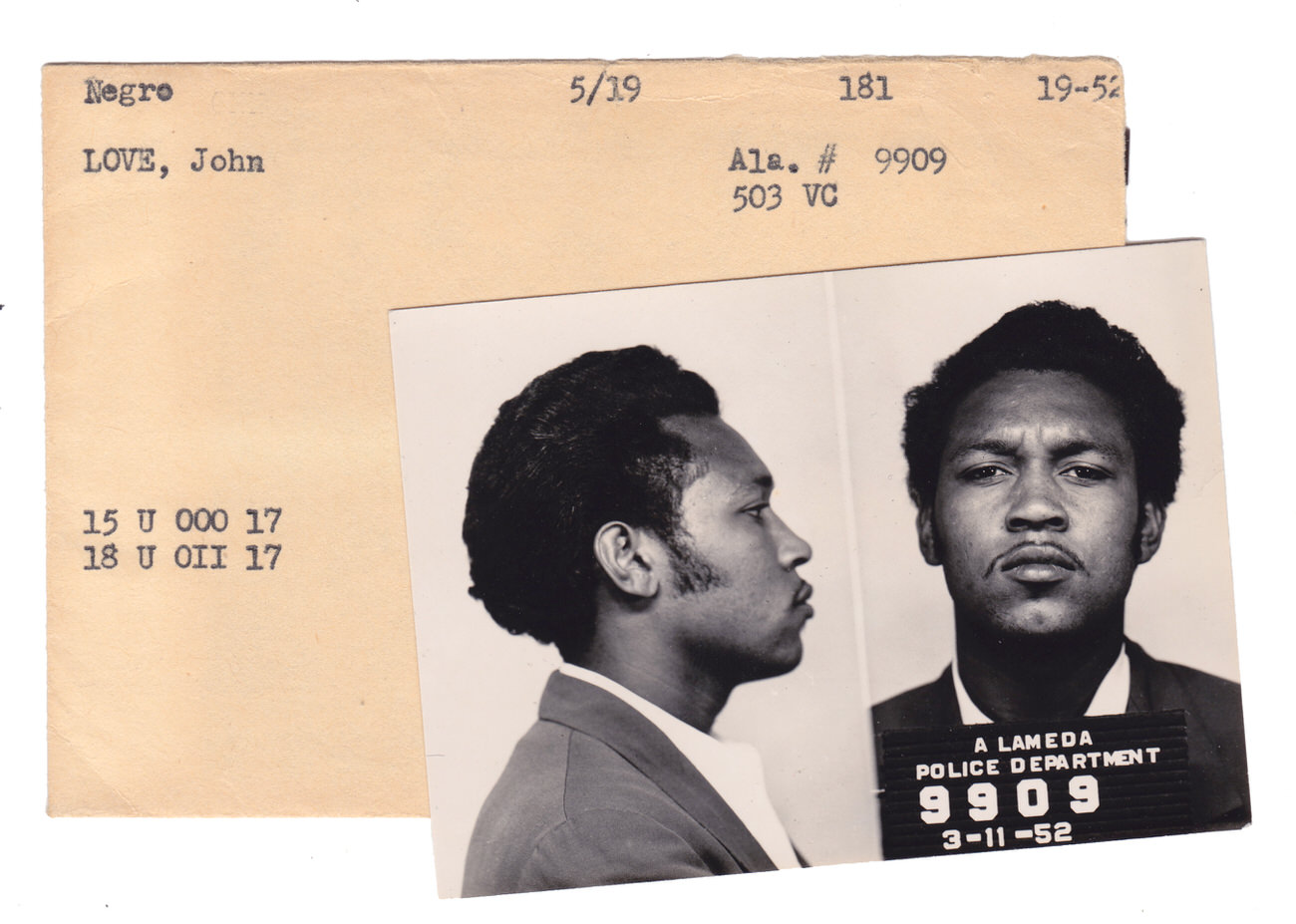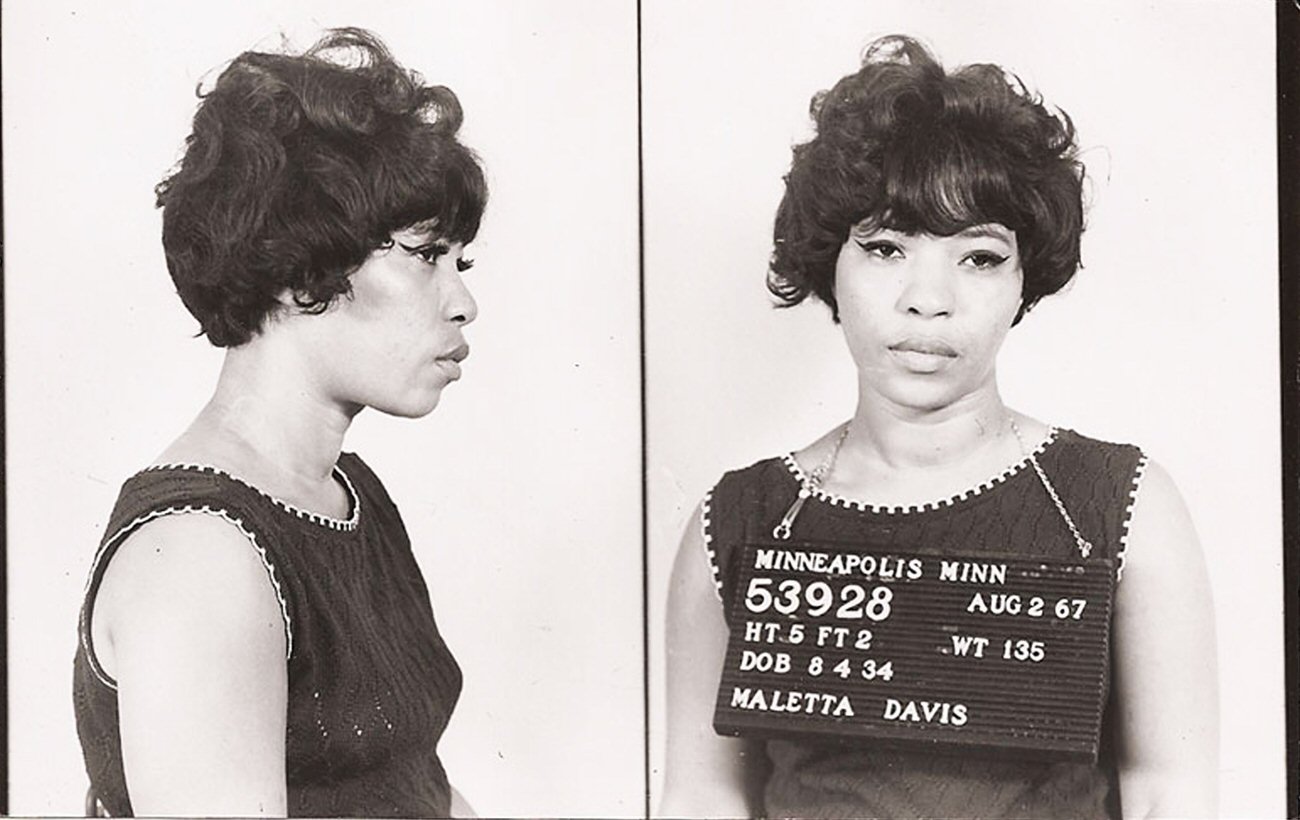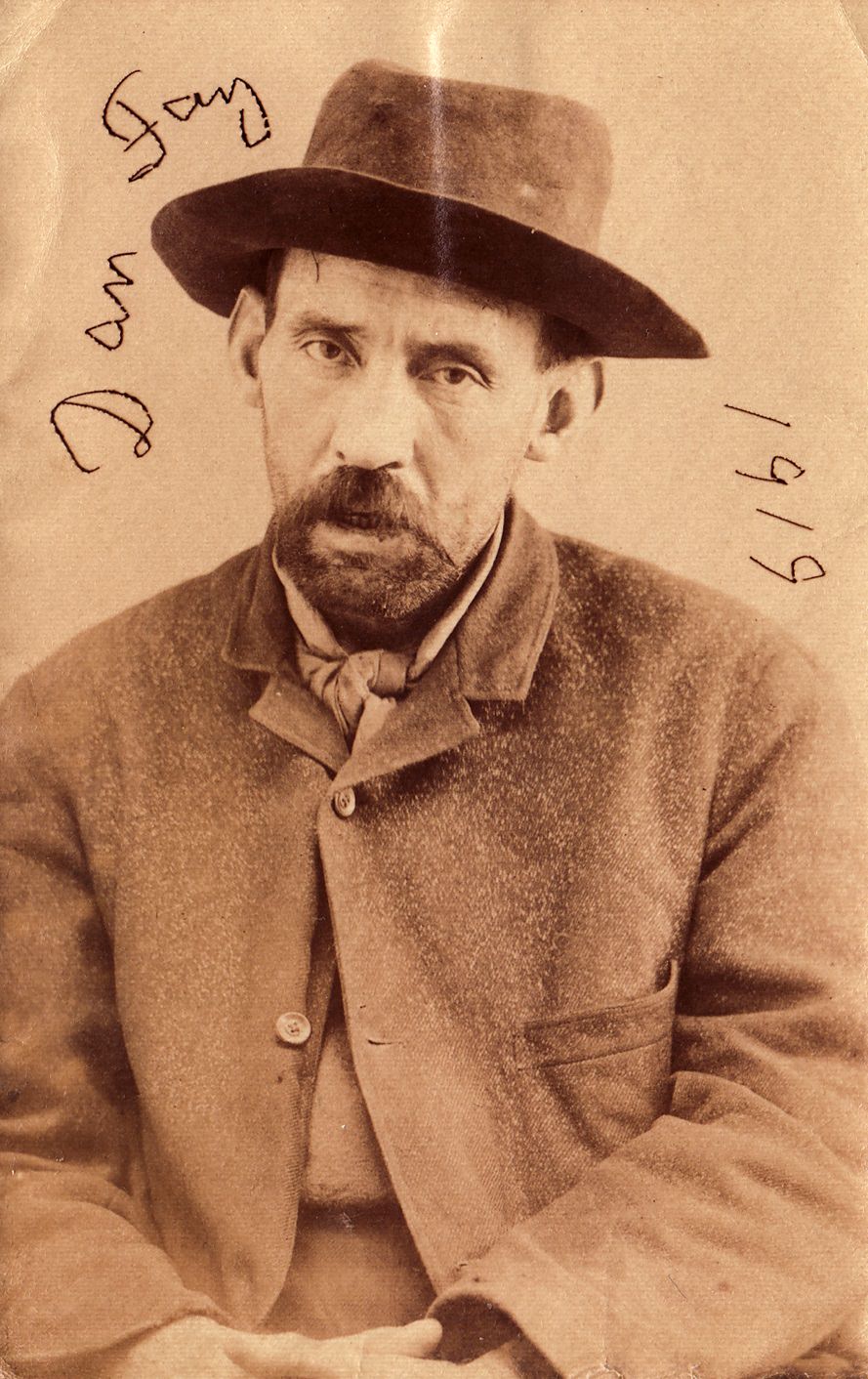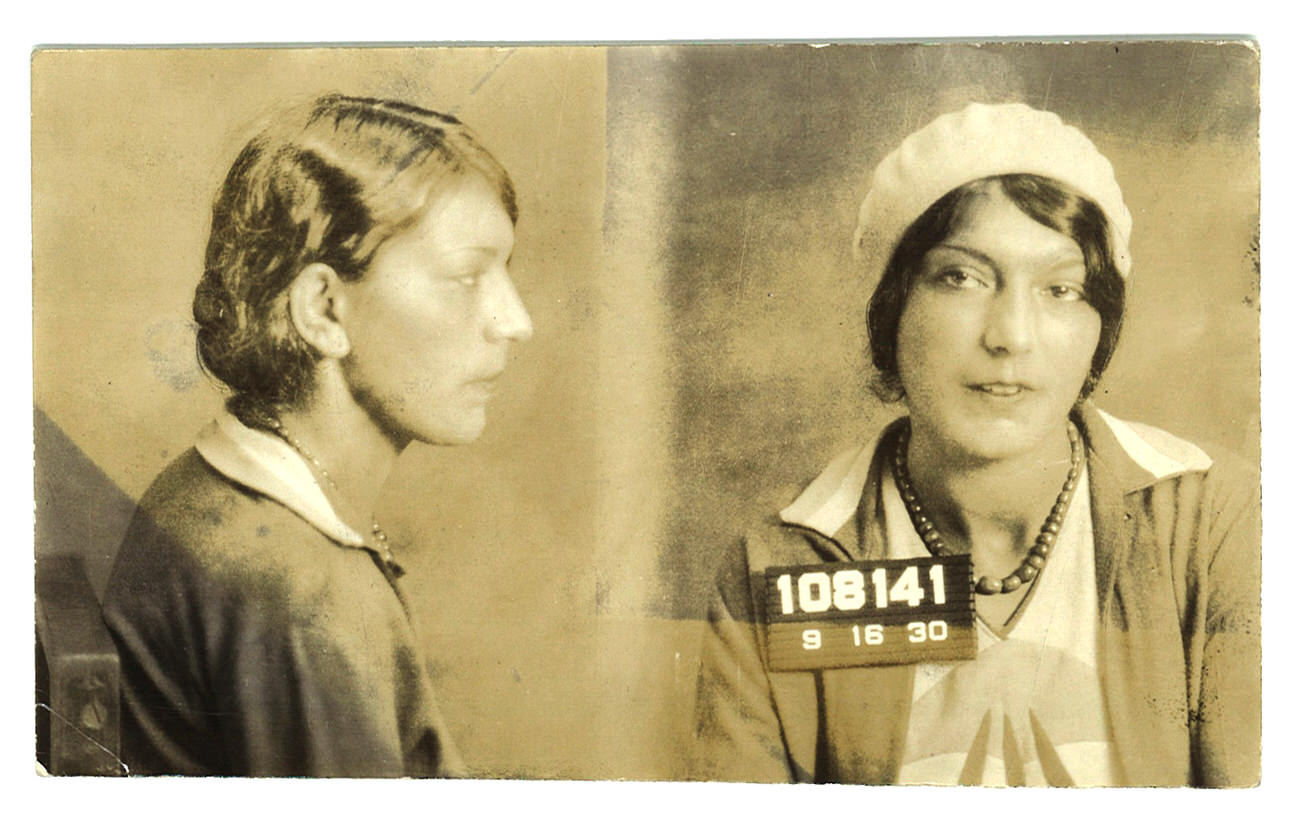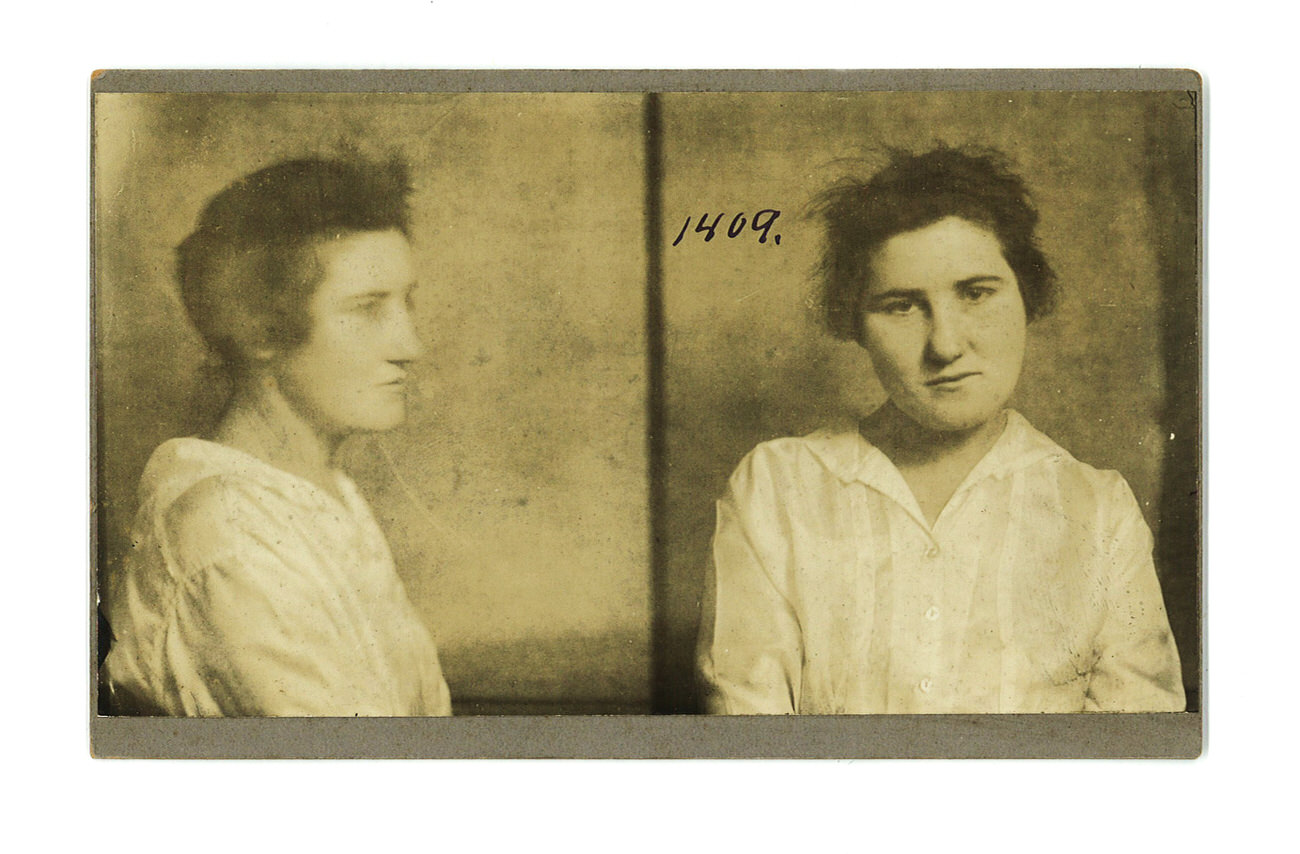Mugshots are photographs taken by law enforcement when someone is arrested. They capture a moment in time, often showing the person’s face and sometimes their height. Vintage mugshots, especially from the early 1900s to the 1950s, tell stories of crime, society, and history. These images can be fascinating, providing a glimpse into life during those years.
The Purpose of Mugshots
Mugshots serve a simple purpose. They help police identify criminals. When someone is arrested, officers take these photos to keep records. The images allow for easy recognition if the person is arrested again. Mugshots also help the public become aware of crime in their communities..
Read more
Each mugshot usually has two parts: a front view and a side view. The front view shows the person looking straight at the camera. The side view gives a profile of their face. This method helps capture different angles, making it easier to identify someone.
Historical Context
Mugshots became popular in the late 19th century. Before that, criminals were often described using words. But as photography improved, police saw the value in using pictures. By the 1900s, mugshots were standard practice in many cities. They were used not only in the United States but also in other countries.
The early 1900s were a time of social change. Many people moved to cities for work. This led to crowded living conditions and higher crime rates. As more people lived in close quarters, authorities needed better ways to handle crime. Mugshots became an effective tool in this effort.
The 1920s and 1930s
The 1920s, known as the Roaring Twenties, was a time of excitement and change. With the rise of jazz music and flapper culture, crime also increased. Prohibition made it illegal to sell alcohol, leading to the rise of speakeasies and bootlegging operations. Many criminals, like Capone, thrived during this time.
The Great Depression followed in the 1930s. Many people lost their jobs and struggled to survive. This economic hardship led to an increase in crime. More people turned to theft or other illegal activities out of desperation. Mugshots from this era show a wide range of individuals, from hardened criminals to desperate citizens.
The 1940s and 1950s
The 1940s brought World War II. Many men went off to fight, and women took on new roles. After the war, the country experienced a boom. However, crime didn’t disappear. Mugshots from this time reflect the changing society. They show not only men but also women who were involved in crime.
The 1950s marked the beginning of a new era. The post-war boom led to new opportunities, but crime remained a concern. Gangsters were replaced by different types of criminals, including con artists and petty thieves. Mugshots from this decade reveal a more diverse group of people involved in crime.
The Style and Format of Vintage Mugshots
Vintage mugshots have a distinct style. They often feature black-and-white photography, giving them a classic look. Many of these images were taken in police stations with simple backdrops. The lighting is often harsh, emphasizing the subject’s facial features.
In addition to the photographs, mugshots often include information about the person. This can range from their name and age to the crime they committed. The details provide context for the image, making it more than just a photograph.
The Role of Technology
The technology used to take mugshots has changed over the years. In the early 1900s, cameras were bulky and required longer exposure times. As technology improved, taking pictures became quicker and easier. By the 1950s, cameras were more compact, allowing for faster processing of mugshots.
Digital technology has transformed how mugshots are shared today. Now, images can be uploaded online and accessed by anyone. This change has made it easier for the public to see mugshots and stay informed about crime in their communities.




























